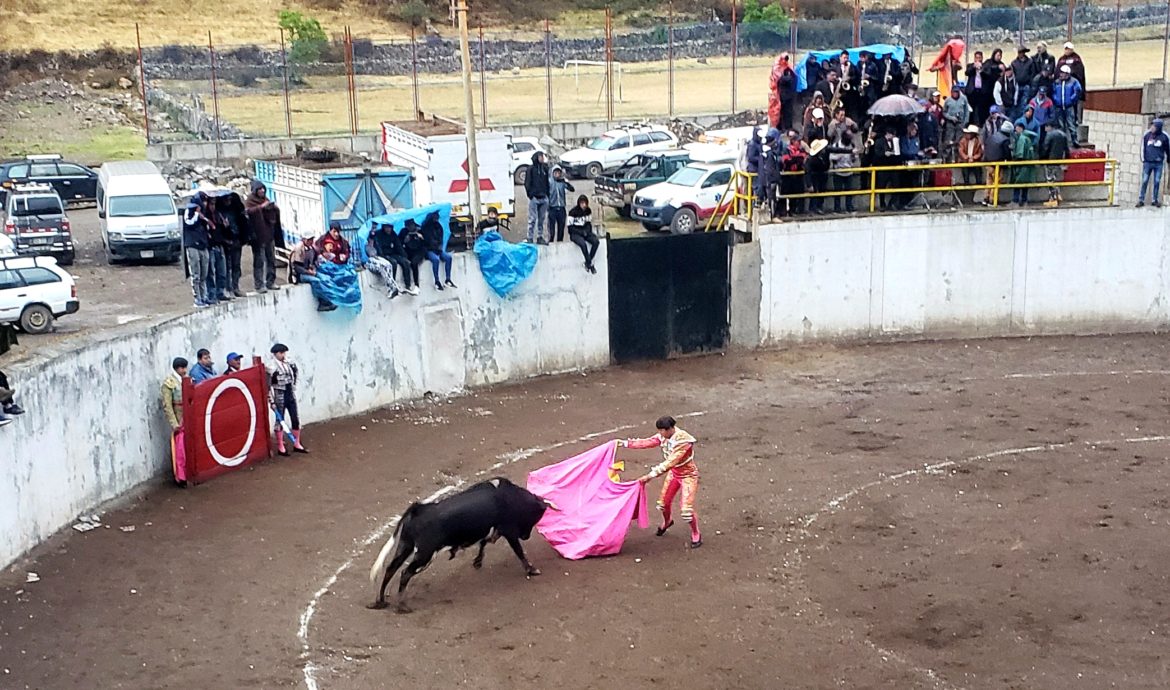
La corrida de toros
PerúWhen I set out into a network of remote dirt roads in central Perú on a route mapped online by some hardcore bikepackers, I didn’t anticipate finding much of cultural interest. I expected stunning scenery, challenging biking, and lots of silence. A few towns dotted the route, enabling me to restock food and water, but I didn’t think I’d bother to sleep in any of these towns, much less attend social events.
And then I arrived in the pueblito of Vichaycocha, sandwiched by steep canyon walls between two 16,000 foot passes on my route. In the midst of a relentless drizzle, I couldn’t feel my fingers, so I decided to look for some shelter. But the town was practically deserted. I knocked on several doors signed “hospedaje,” to no avail, until I finally found an old man in a tienda.
“¿Dónde está la gente?” I asked.
“La corrida de toros.” I knew “toros” meant bulls. I’d seen several bullfighting rings in other tiny Peruvian mountain towns and I’d wondered if I would get a chance to see a bullfight in action.
I was in luck. Moments later, I found myself surrounded by the cacophony of brass bands, old men circulating beer bottles, kids waiting in line to buy fried bread and ice cream, and a stadium full of people eager for the next bull to take the ring.
I took inventory of the crowd. More than half of the attendees were holding musical instruments. Trombones, tubas, trumpets, drums — everywhere. I identified five distinct brass bands by their uniforms, barely visible beneath transparent plastic ponchos. At any given time, at least two bands played simultaneously. If the jingles had any melody to begin with, the overlap disguised it.
Then, a cheer drowned out the music as three men dragged a blindfolded bull into the ring. Ropes immobilized its massive head and shoulders. The men let go of the reins and ran behind a small wooden board as the bull angrily shook off its ropes and inspected its surroundings. I noticed several other wooden shelters around the edge of the ring, behind which stood men in elaborate yellow and pink suits and large hats, glinting with emblazoned buttons and jewels.
As one of the men walked out to the middle of the ring, brandishing a pink cape, the bull scraped the ground with its hooves. I couldn’t believe I was seeing a bull paw the ground – it looked just like a cartoon! Then, the bull charged, the crowd roared, and the matador made a lateral jump as the bull twisted its bulky neck left and right, looking for where its enemy had disappeared to.
The bulls and the matadors danced back and forth in the dirt, the bull slowing and the matador inching closer with every dodge. Finally, the matador whipped a sword out and jabbed it into the bull’s neck. The bull ran confusedly in circles, the hilt of the sword waving about in the air. A few dances later, the matador managed to implant another weapon in the bull’s shoulder, shorter than the sword and ornamented with frills. The crowd went wild, and all of the brass bands played at once.
The bull limped in circles, no longer bothered by the matador or his cape. The three men who had accompanied the bull into the ring rushed out from behind the wooden plank and jabbed tranquilizers into its thighs and neck. The beast collapsed on the ground, and they dragged it out of the ring with the same ropes they’d used to pull it in.
“¡Salud!” A beer bottle appeared in front of me. I turned to see a group of old men welcoming me into their circle. I poured a couple ounces of beer into my cup and gulped it down. They laughed and yammered at me, but I couldn’t understand their slurred and Quechua-infused dialect. I gathered that the matador was one of their cousins and they were with a bullfighting association.
The next bull ran faster, pivoted more nimbly, snorted louder, and pawed more fiercely than the prior. He sent the matador sprinting to the safety of the wooden planks, abandoning his cape and sword in the middle of the ring. Another matador emerged to challenge, but fared no better. This bull owned the ring.
The three men tried to sneak up and tranquilize it, but couldn’t get close. Another tried to lasso it from the edge of the ring, but failed repeatedly while the crowd yelled insults at him. Finally, someone let a dog loose in the middle of the ring. When the dog saw the bull, it sprinted out of a door at the edge of the ring, and underneath a truck whose trunk blocked the entryway, with a ramp from the ring to the truck bed. As the dog escaped, the bull furiously chased it, and ran right up the ramp into the truck. The men quickly lifted the ramp to shut the truck and jail the bull. As the matadors emerged from hiding behind the wooden boards, the crowd jeered. Men one, bulls one. I couldn’t help but feel a little proud of the second bull, who had defied the torturous spectacle the first bull and been subjected to.
As a third bull was dragged into the ring, I wandered up the hillside above the ring and struck up a conversation with a few off-duty musicians sharing a bottle of pisco. They told me it was day two of a five-day fiesta. Their band had traveled five hours from a nearby city to play in this pueblito all weekend.
“¿Viniste por la fiesta?” they asked me. I laughed.
“No, solo pasando por acá, el tiempo es suerte.”
One of the guys wanted a picture with “el gringo.” He asked “el chino,” to take the picture, Peruvian slang for anyone of east Asian descent. The name is not necessarily derogatory — Peruvians even proudly called President Fujimori “el Chino,” — but nonetheless, the recipient fired back at the name caller, calling him “el negro de Africa,” drawing laughs from the group. “El negro” wasn’t black, but had darker skin than the others, likely from indigenous ancestry. Perú’s informal social hierarchy judges largely by skin tone. The lighter the skin, the more association with criollo, Spanish descent and coastal limeño culture. Darker skin implies the indigenous culture of the mountains.
But everyone laughed off the name-calling with another pass of the pisco, and they all stood up to march down into the ring. The last bullflight had ended. They urged me along to dance and drink.
Inside the ring, all of the bands were now playing, independently in various corners, with spectators dancing around the bands in a circle, holding hands like I’d seen in Huaraz. I caught sight of the older men still passing around a beer bottle. They invited me to join them again, but my liveliness faltered. I slipped out the back, through the same door the bull had been tricked into the truck, to get back to the hospedaje for a good night’s sleep.
On the way out, I saw the remains of the first bull. A man was hard at work gutting it and cleaning the meat from its dismembered body. I supposed that the meat may end up in my caldo the next morning, and my stomach rumbled. I wondered if that bull had led a better life, being trained for battle, than any other old steer raised solely for human consumption.
Just like the pelea de gallos I’d seen in Cajamarca, the corrida de toros seemed like animal cruelty to my American moral compass. I wondered if I should judge the practice or feel bad for attending. This regret lingered in my conscience for a few weeks, until I readYawar Fiesta by Jose Maria Arguedas, a Peruvian author of Quechua descent. Arguedas describes a type of traditional, indigenous bullfight in which andinos use dynamite to attack bulls, resulting in many deaths — not only of bulls, but also of indigenous participants. The non-indigenous municipal government tries to ban the practice, requiring that bullfights only employ professional, Spanish-style matadors from Lima, to prevent the barbarous tradition. But while the practice may seem barbarous, Arguedas’ book exhibits the condescension of a largely white, coastal elite, who constantly refer to indigenous peoples and traditions as backwards and savage. Meanwhile, the indigenous population reveres the bullfight as the most important holiday of the year and fights to keep their tradition alive. Even though the bloody, explosion-filled mayhem clearly strikes a Western audience as absurd, I had to sympathize with the oppressed, indigenous population over the snooty coastal elites.
Should I judge the spectacle of animal cruelty in Vichaycocha, or Cajamarca, according to my own moral compass, or should I appreciate the Peruvian traditions from a distance? Similarly, should I condemn the friendly name-calling of chino, negro, gringo, because it wouldn’t be acceptable in the US, or smile and play along? Is morality relative to culture? Just a few questions to ponder on the bicycle as I keep pedaling slowly southbound.
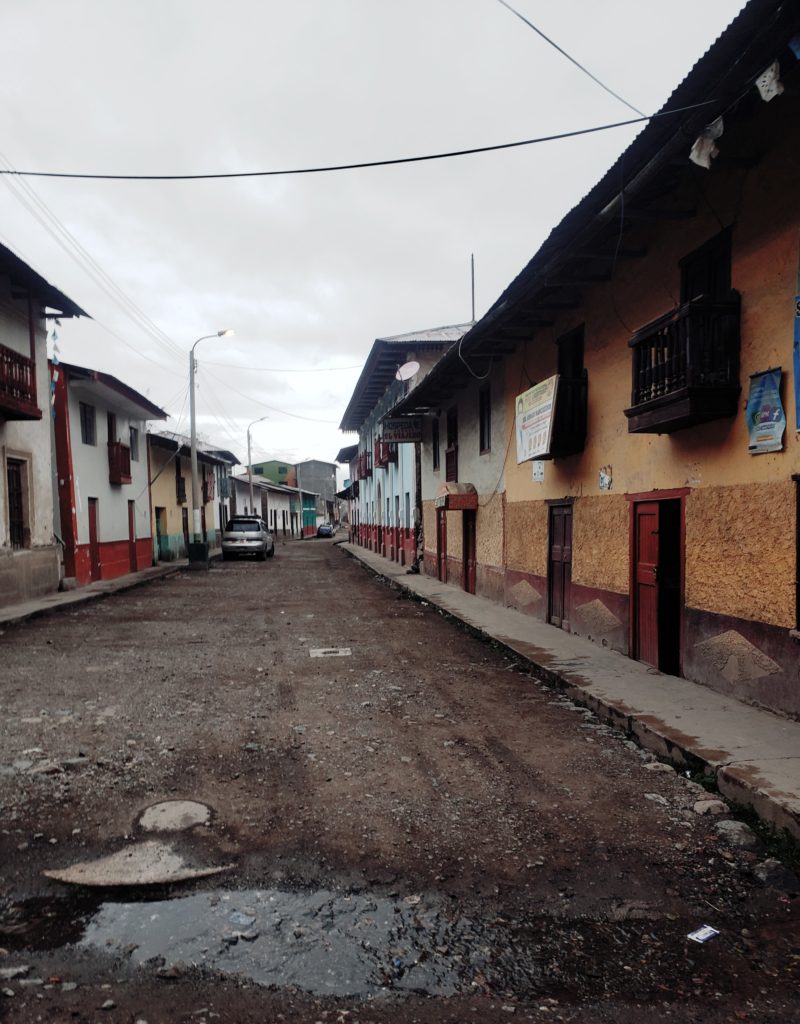
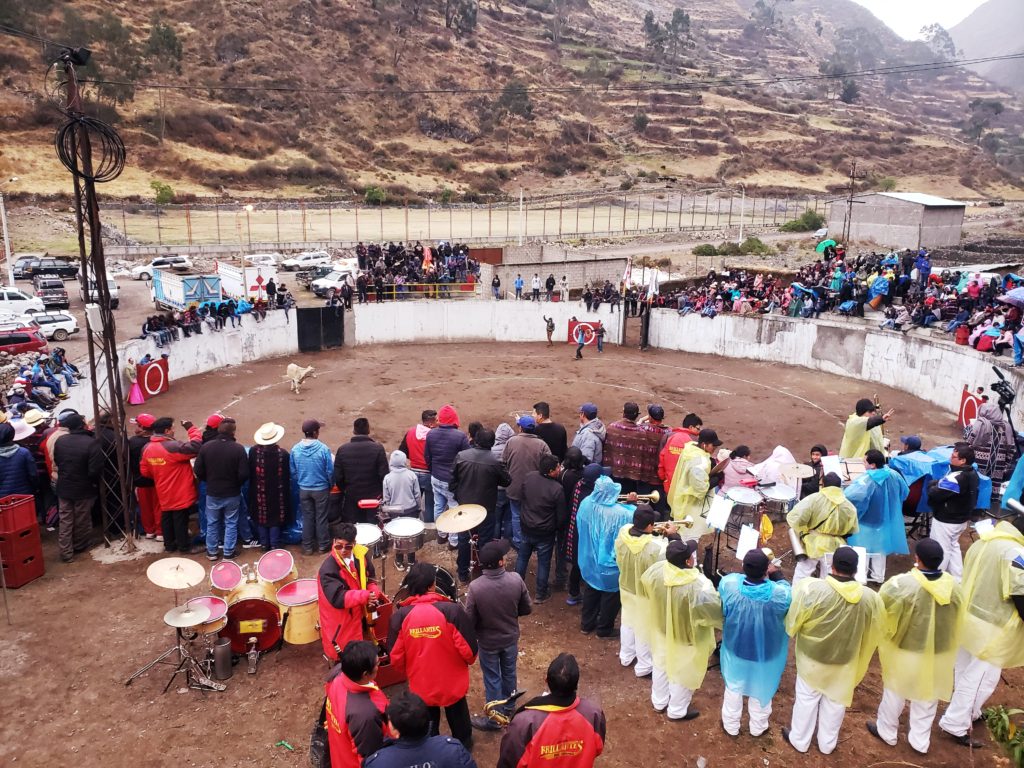
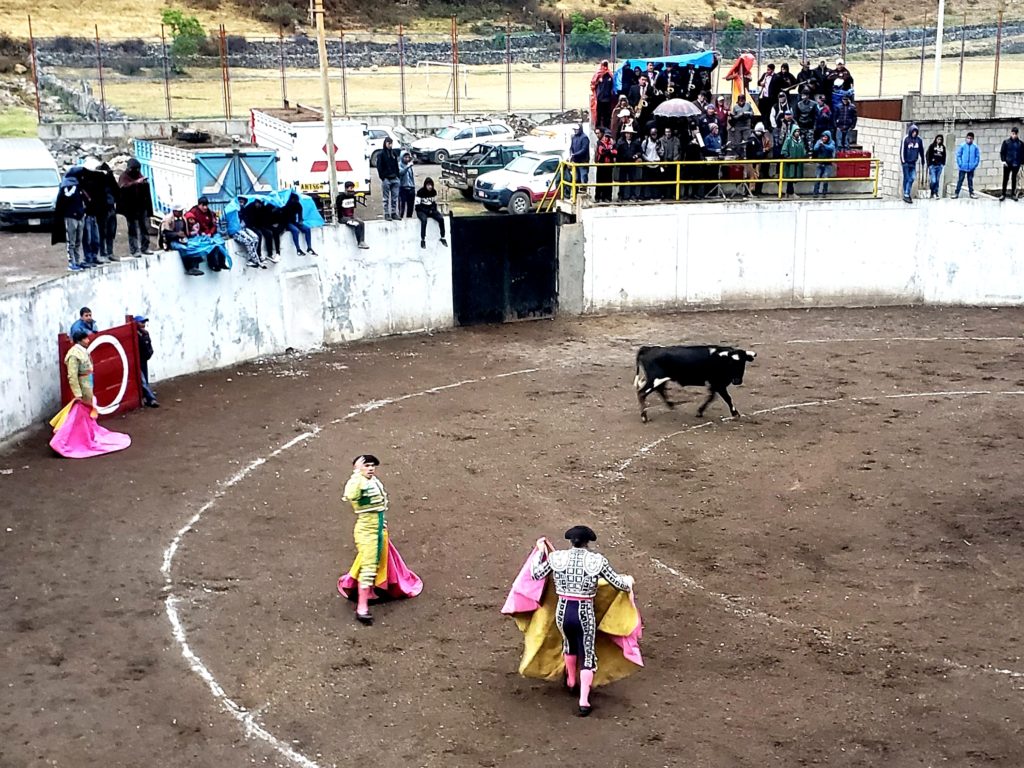
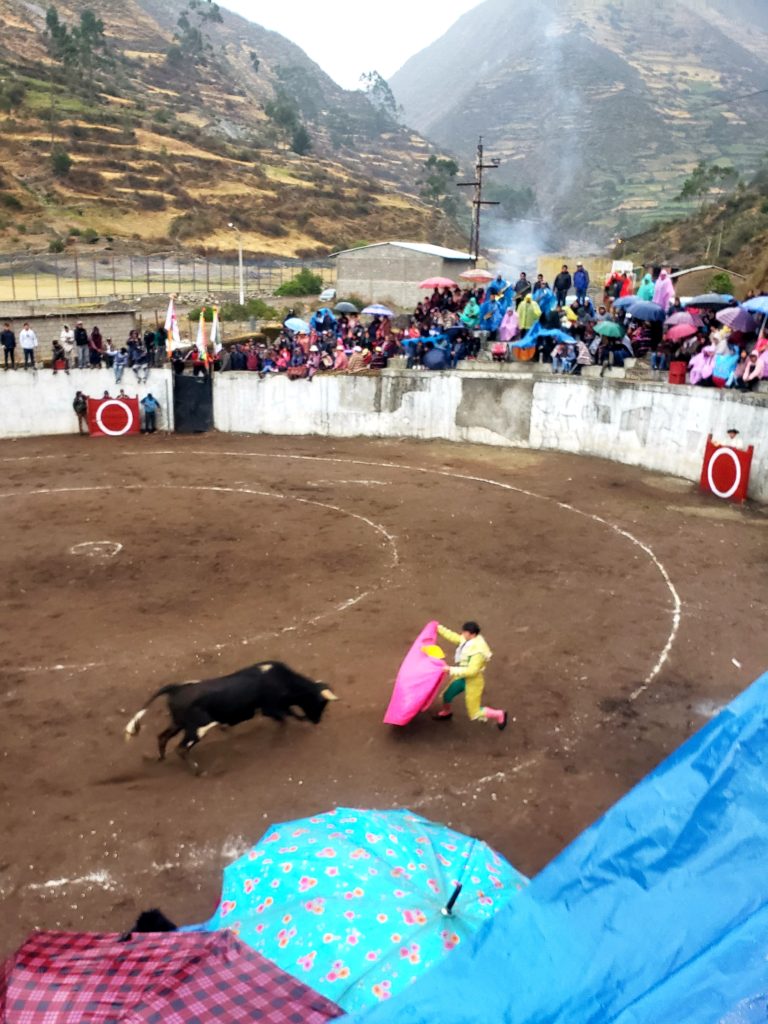
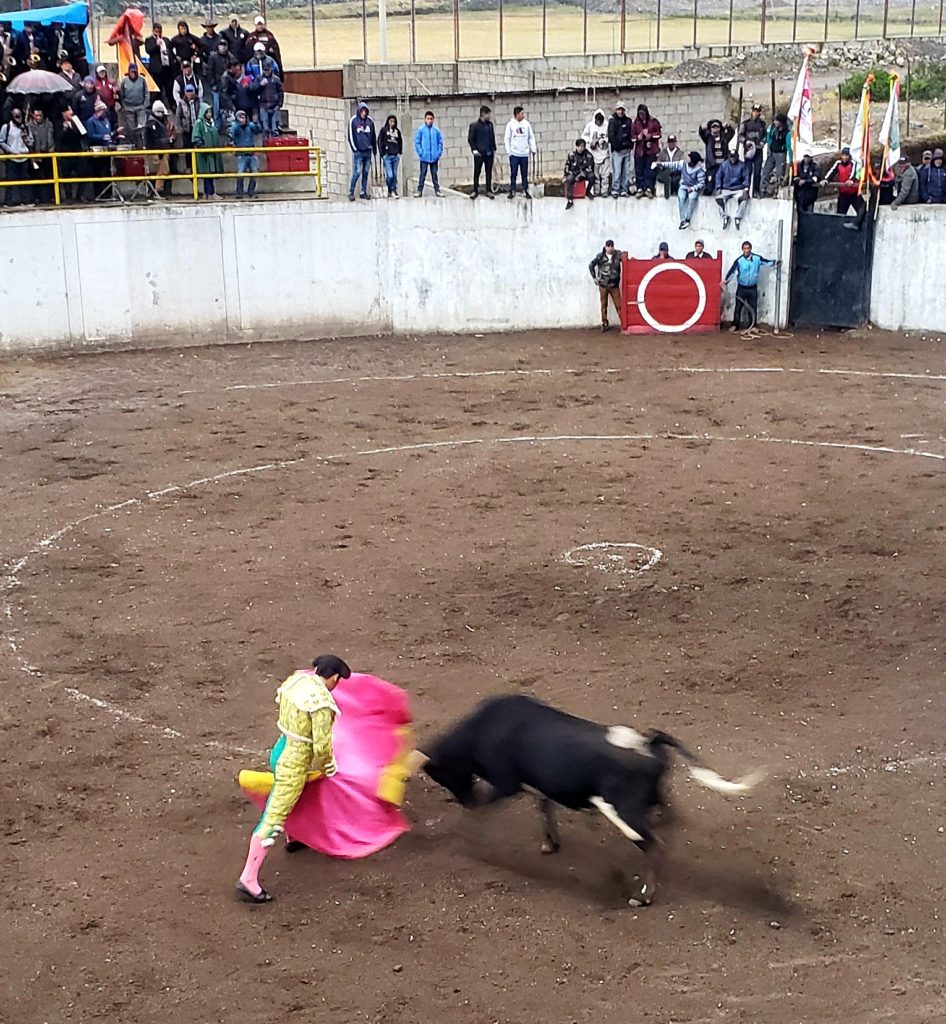
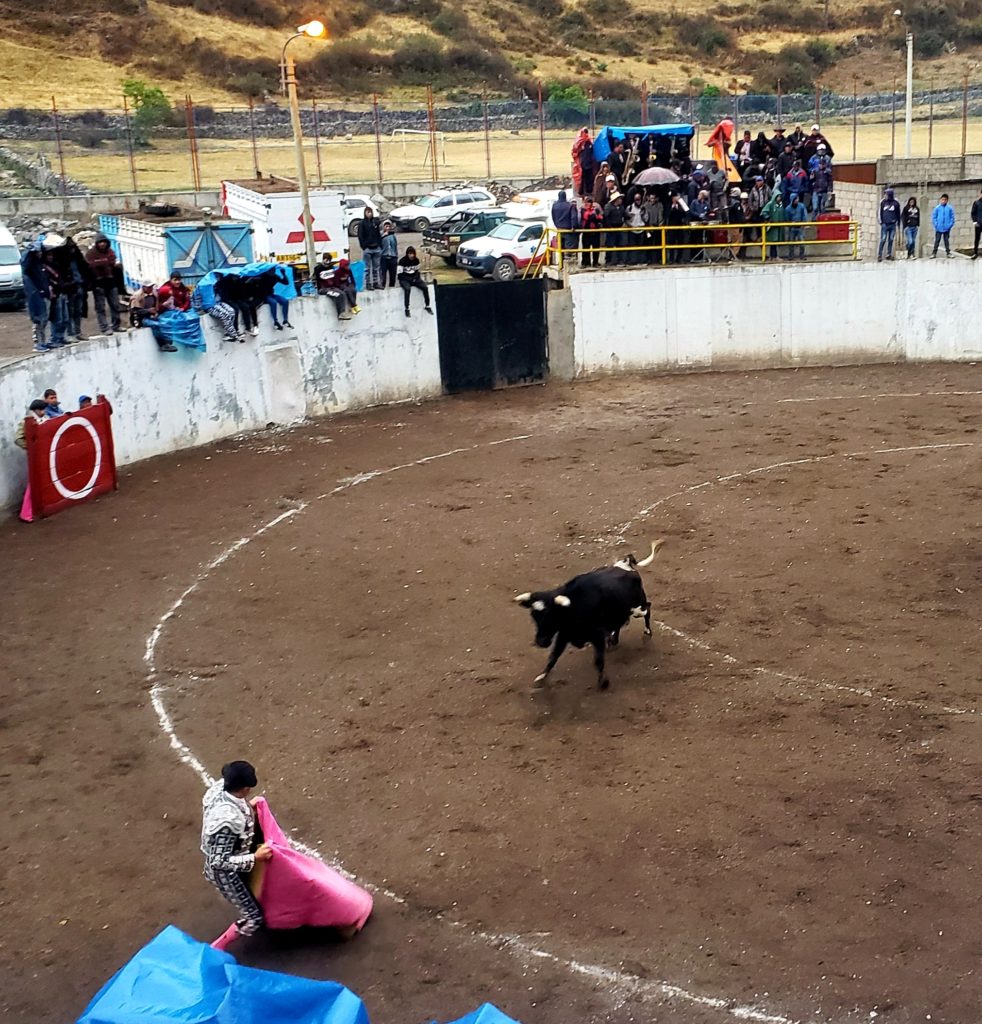

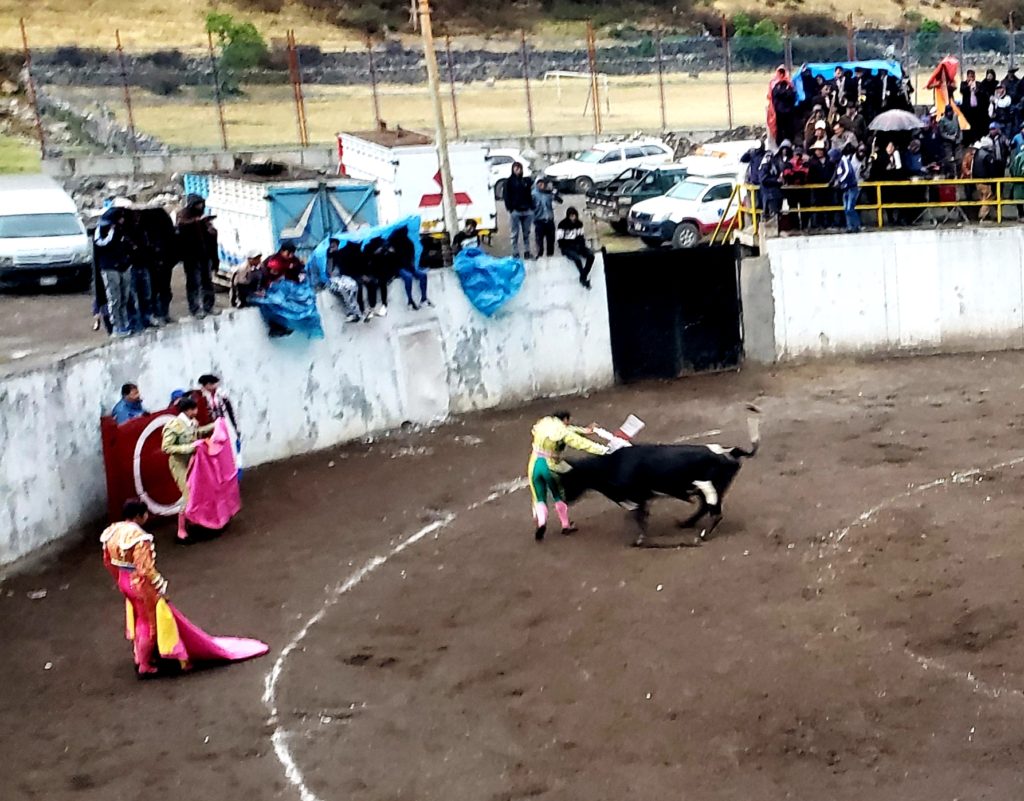
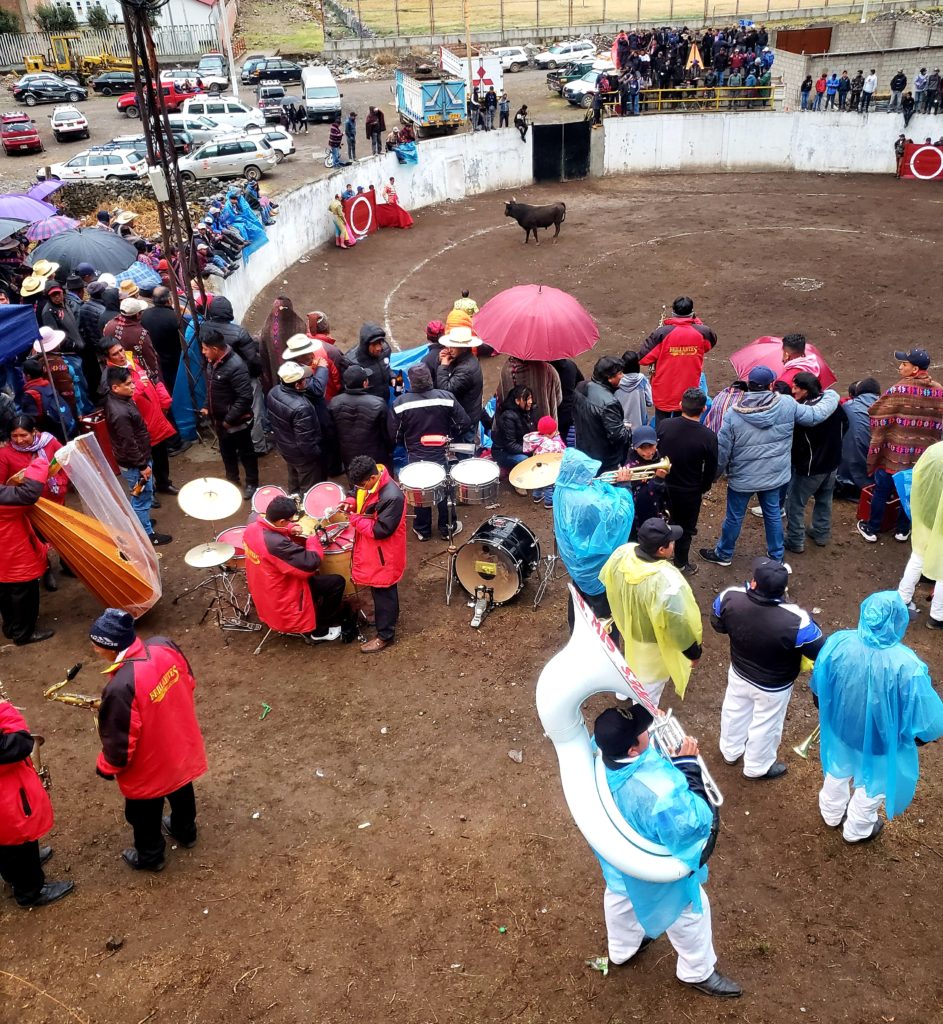
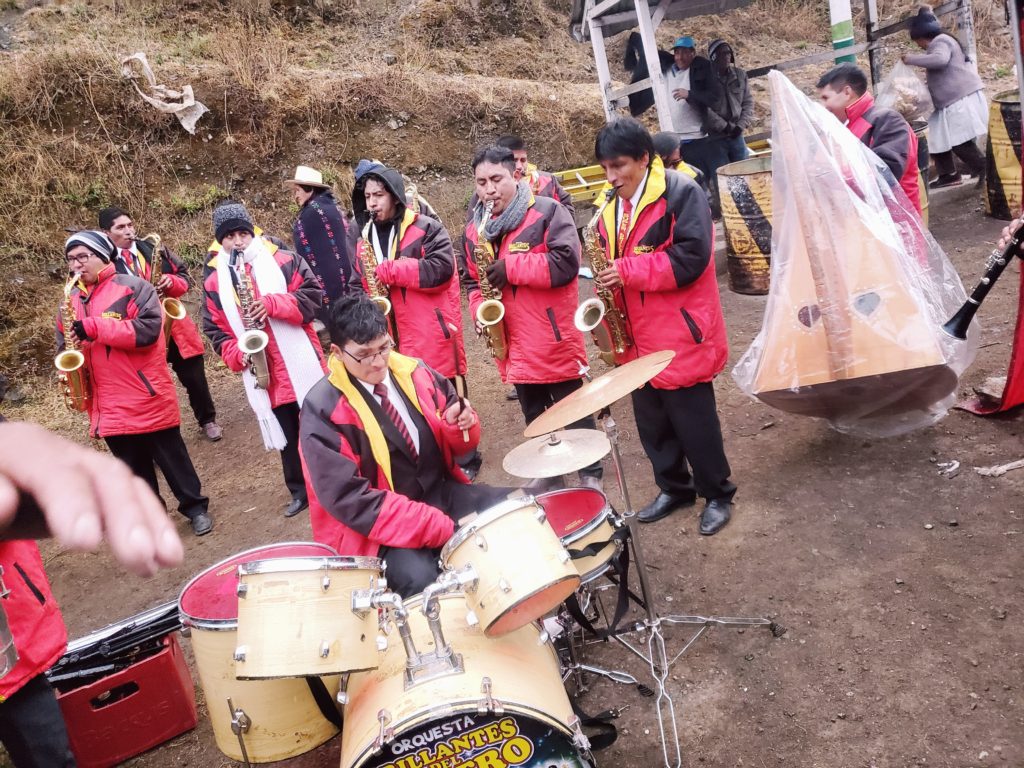
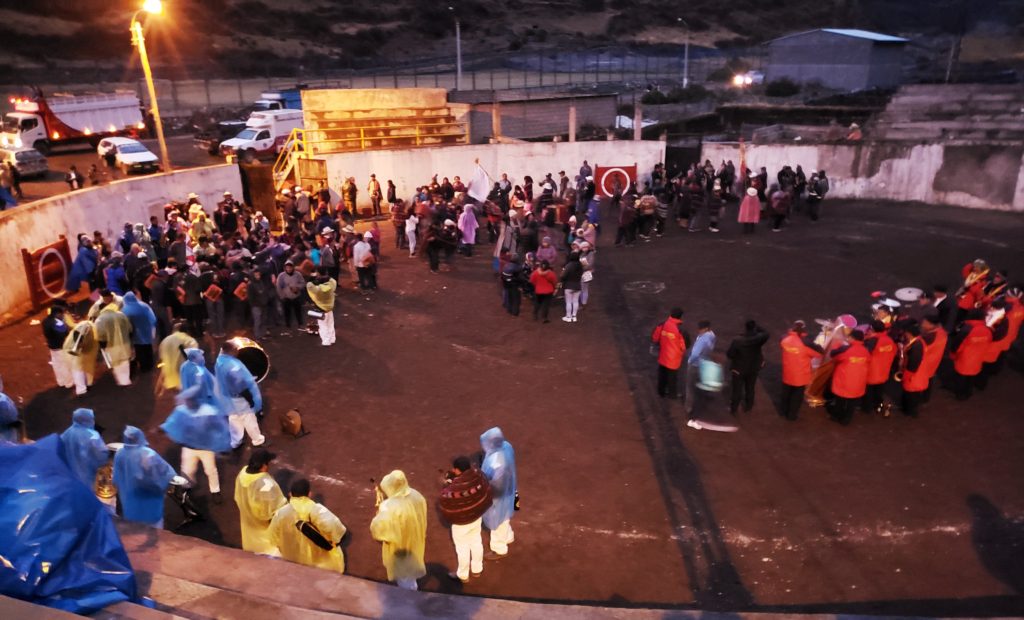
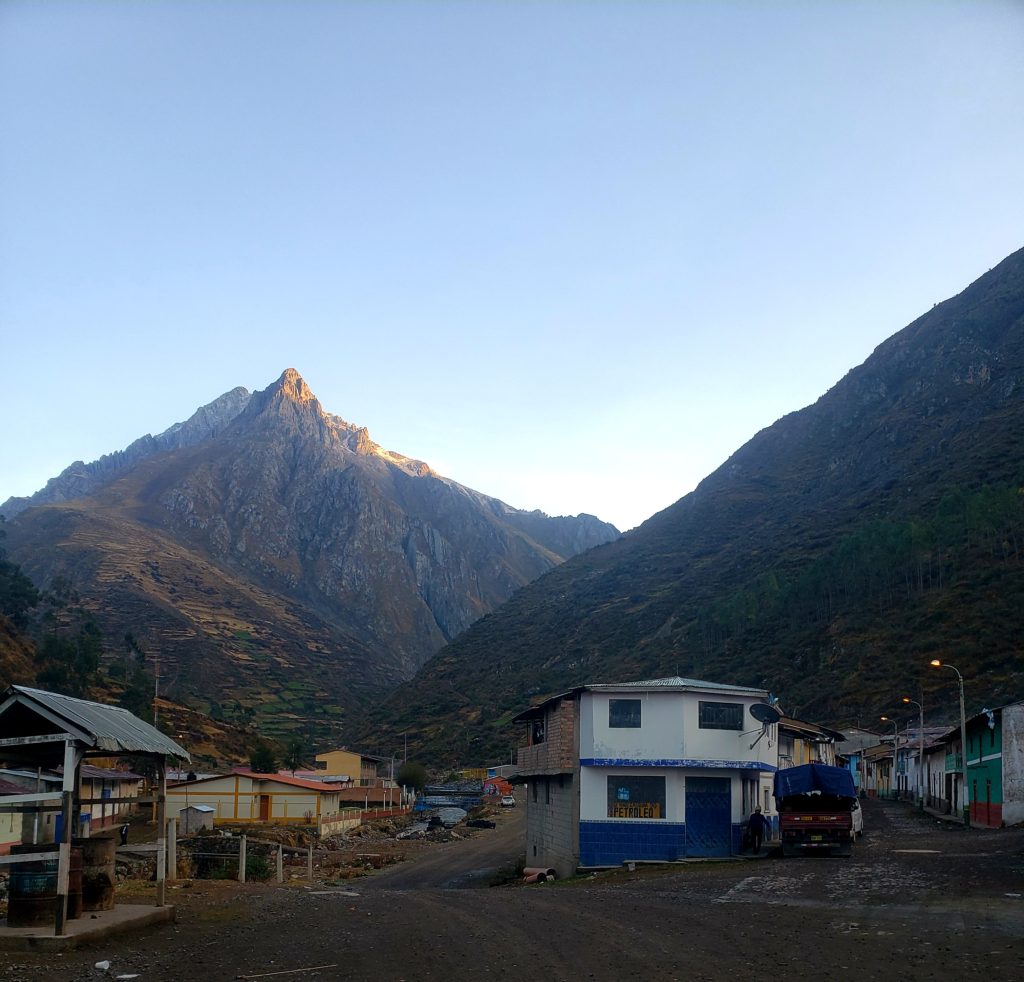
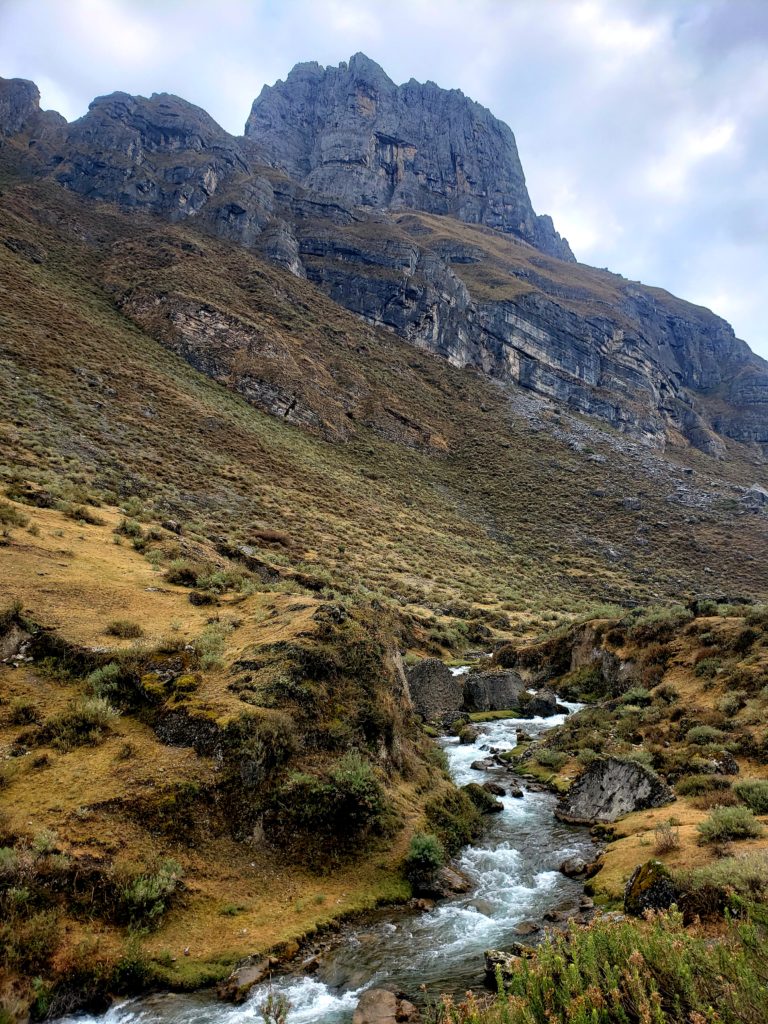
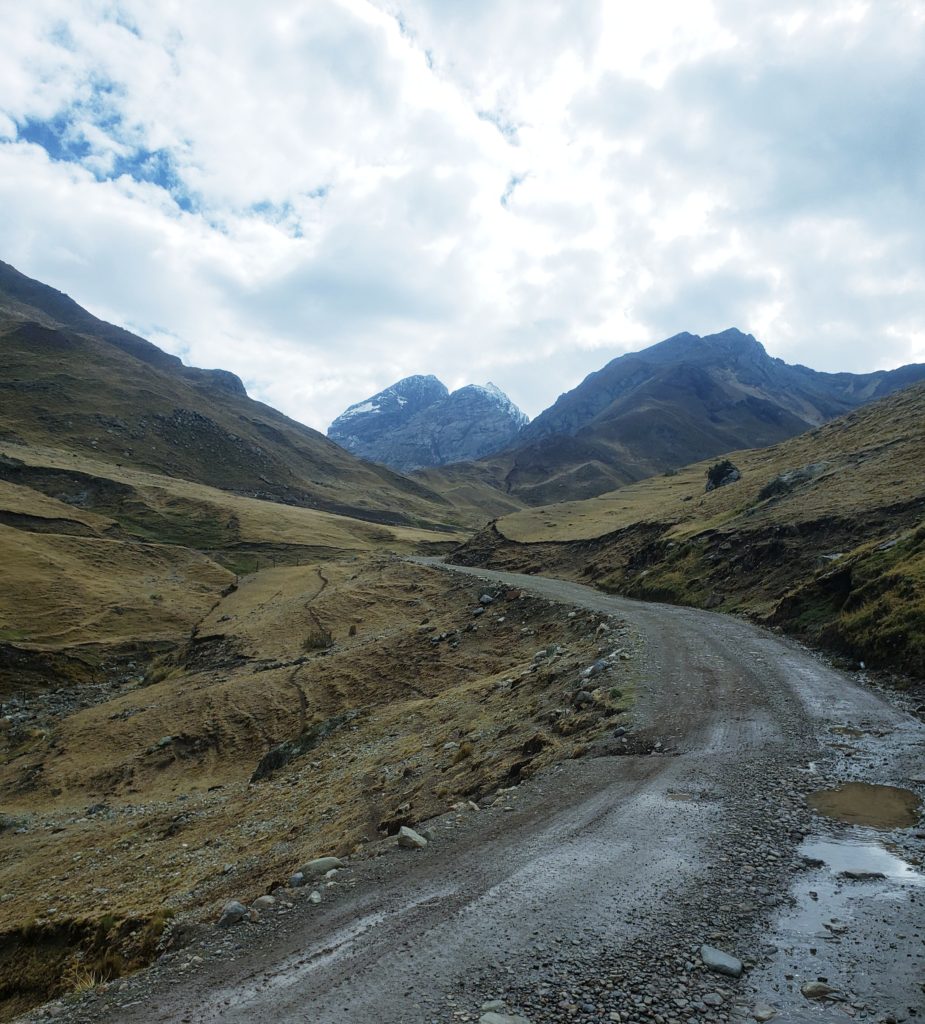
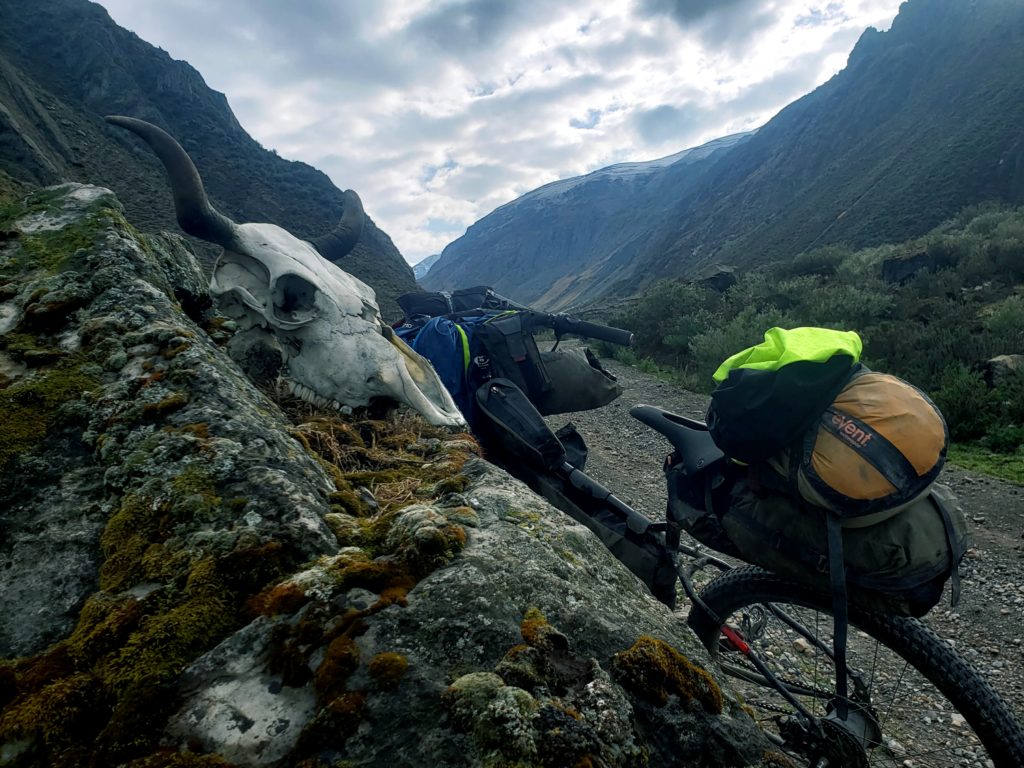
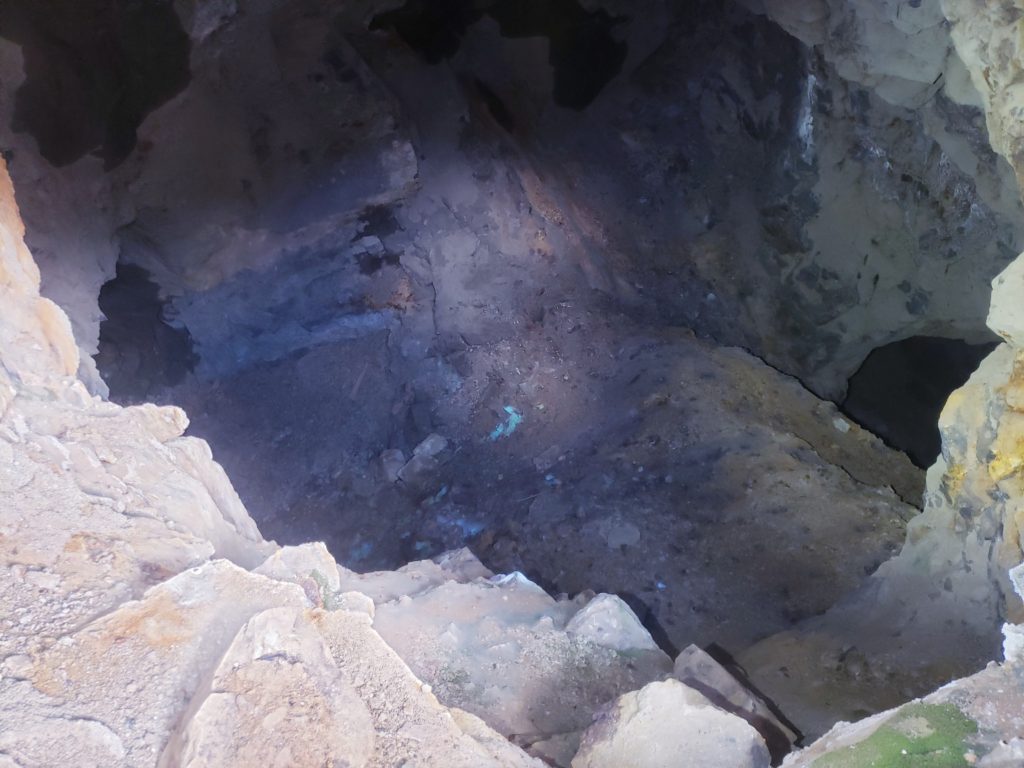
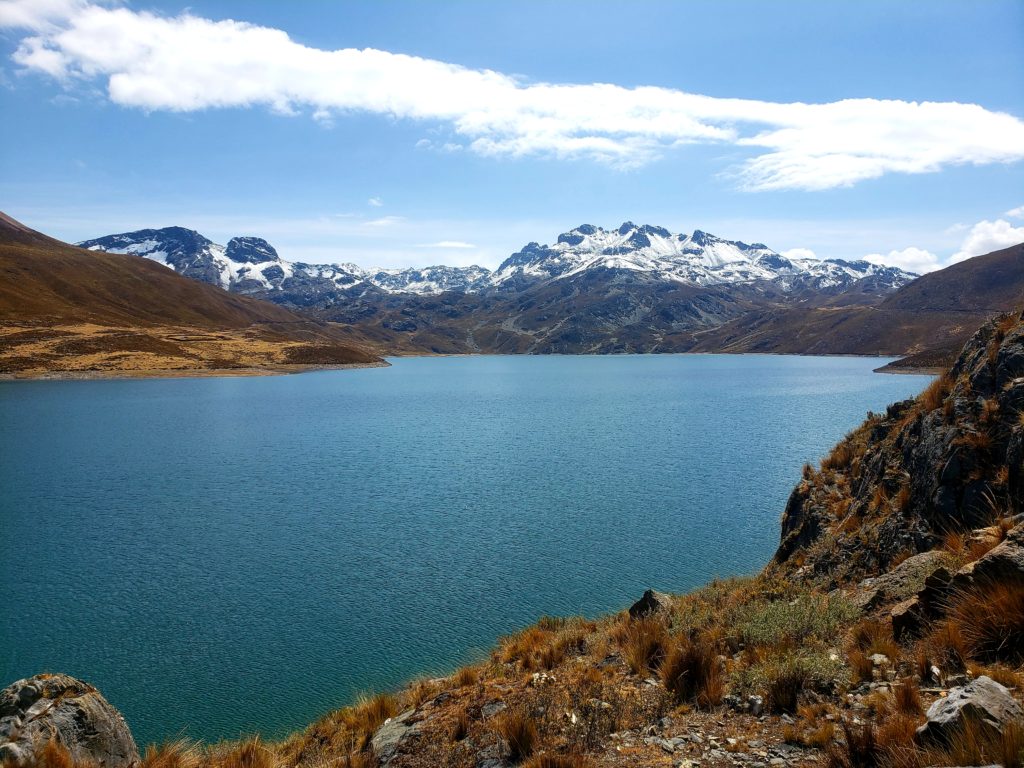
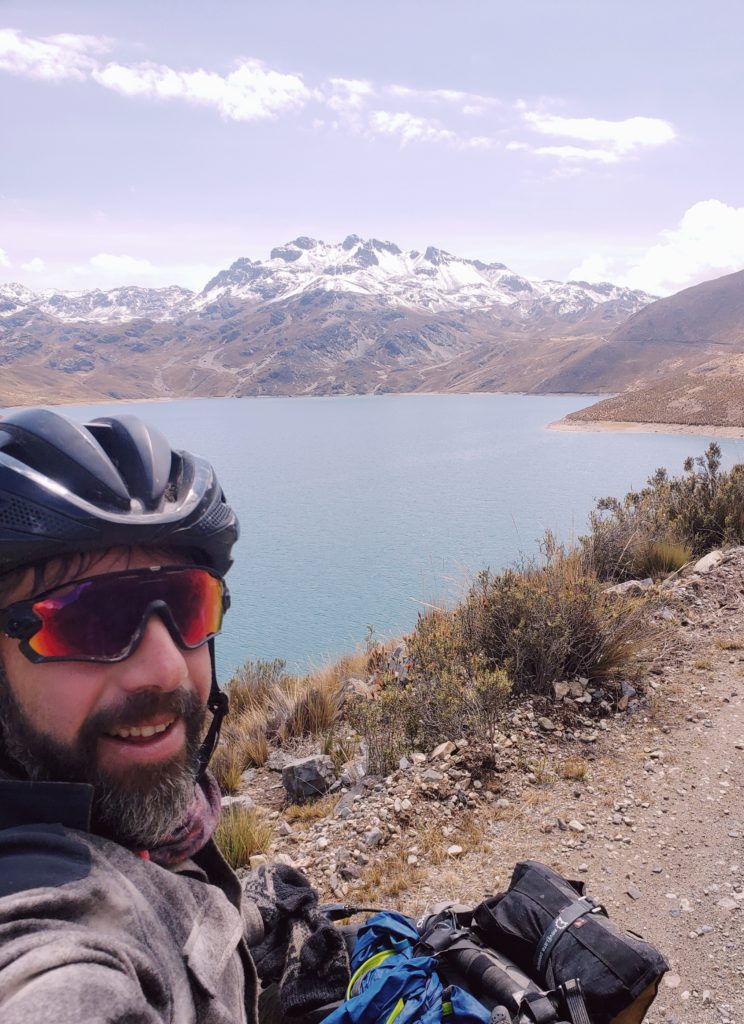
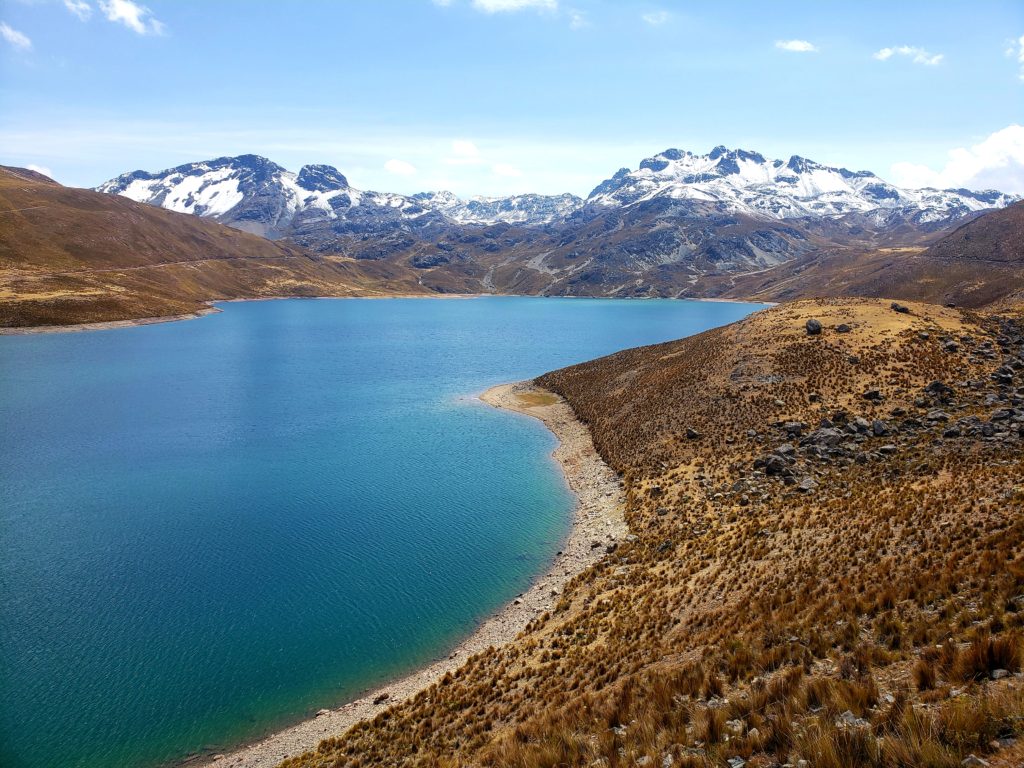
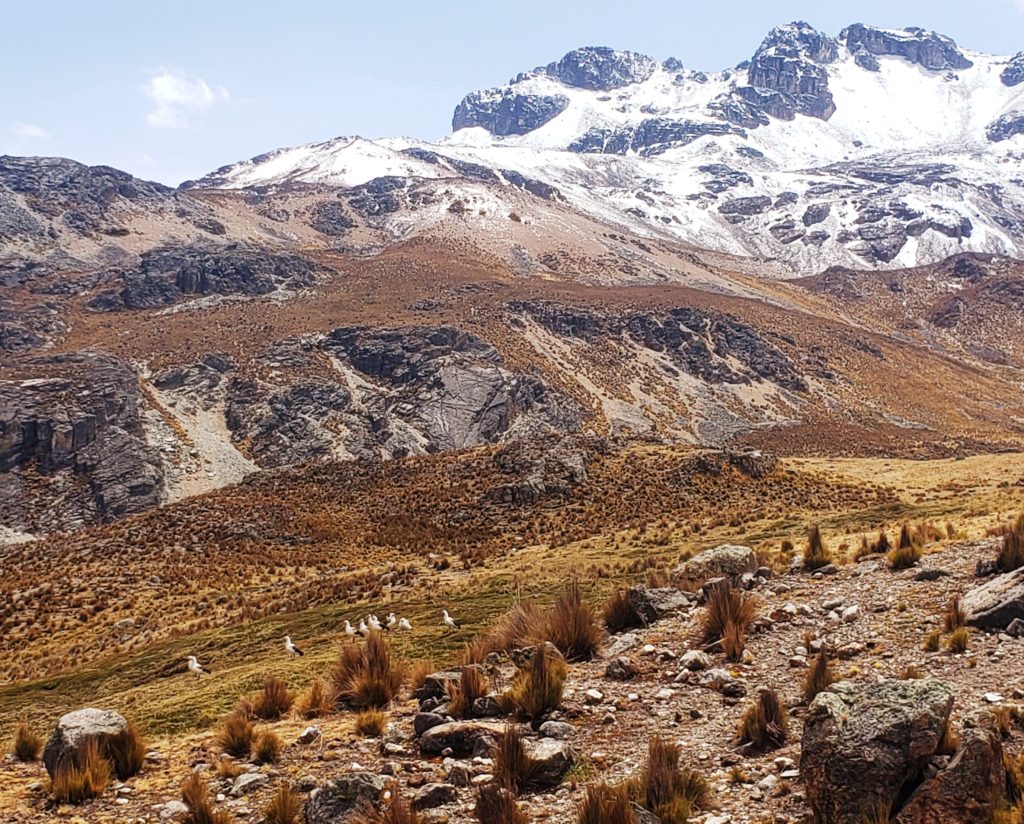
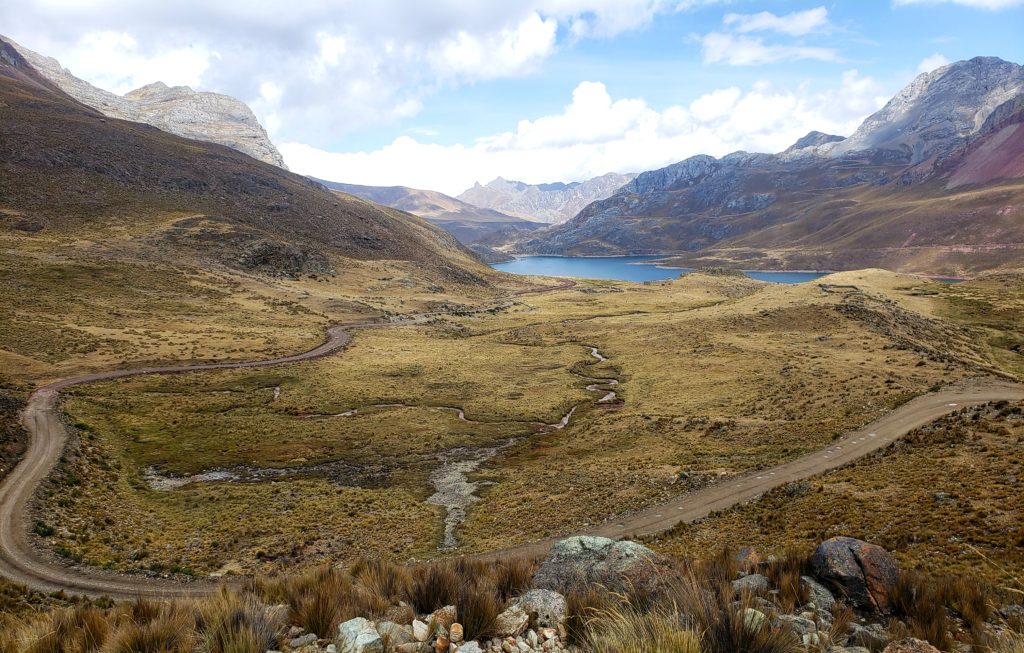
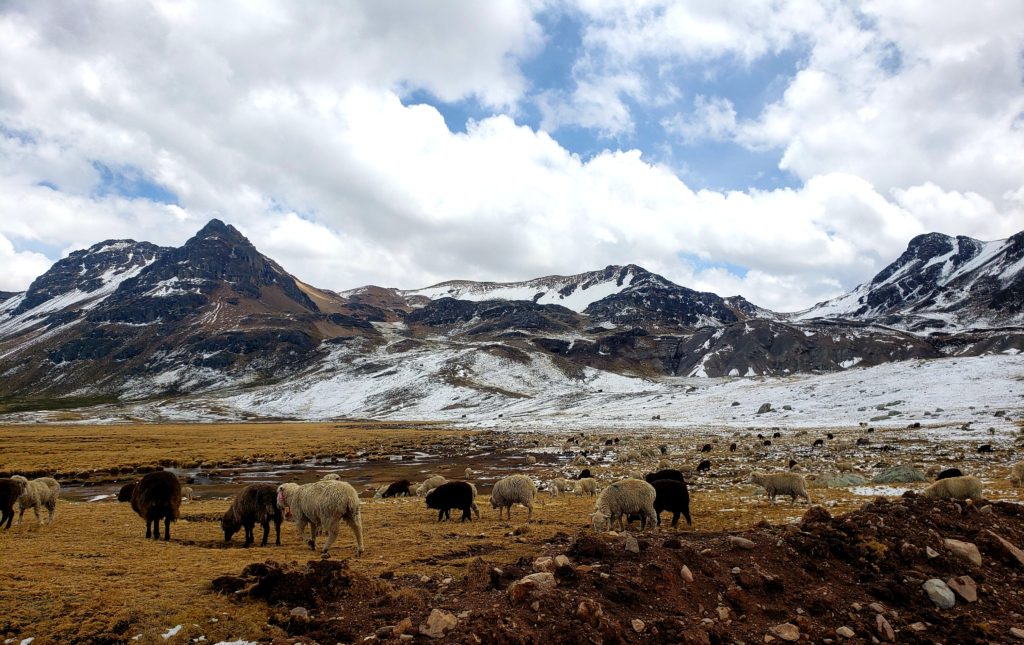
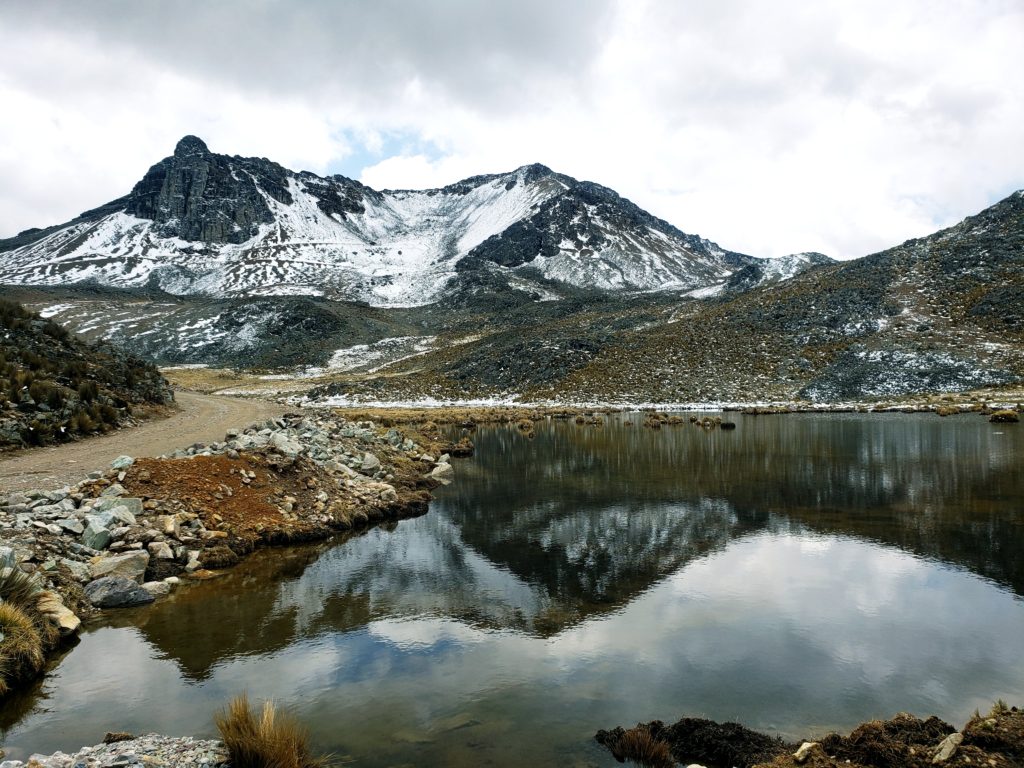
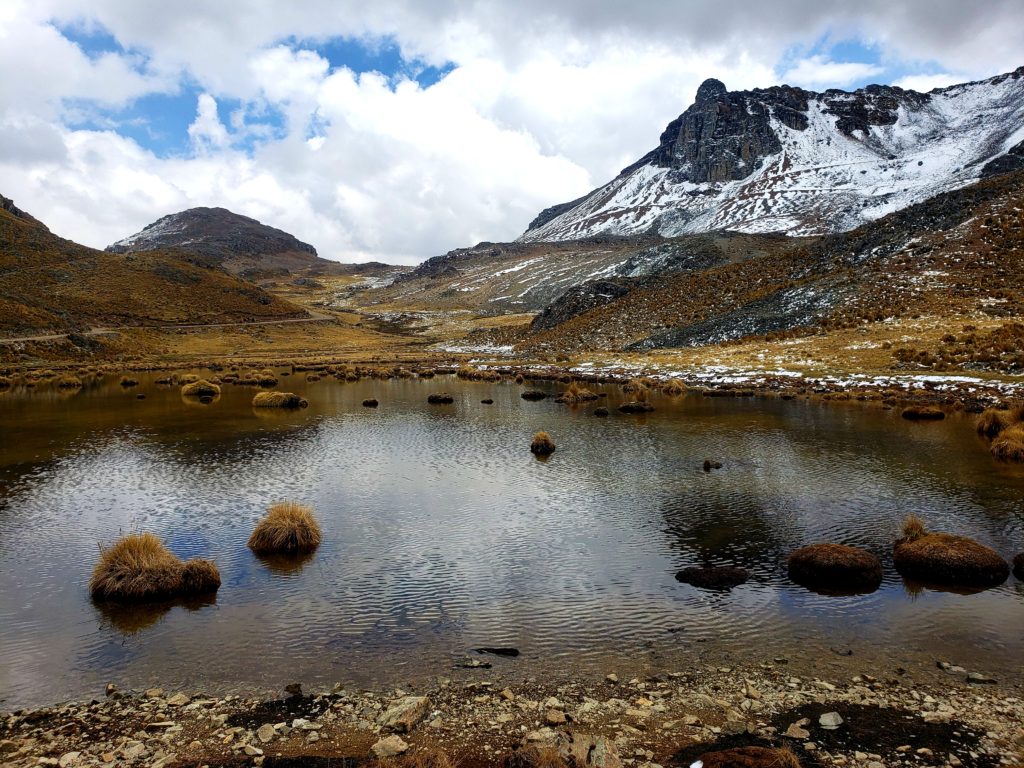
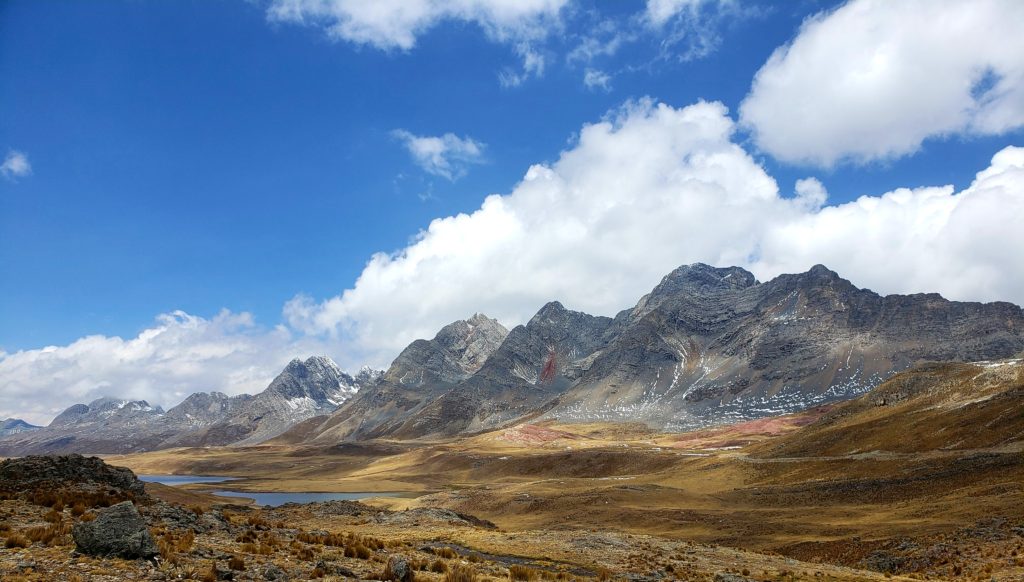

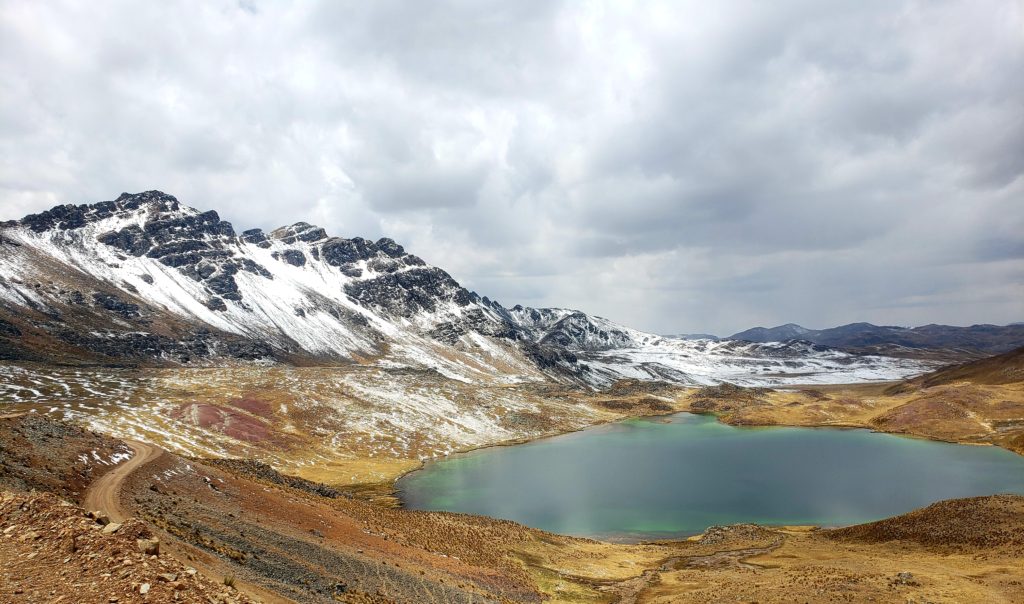
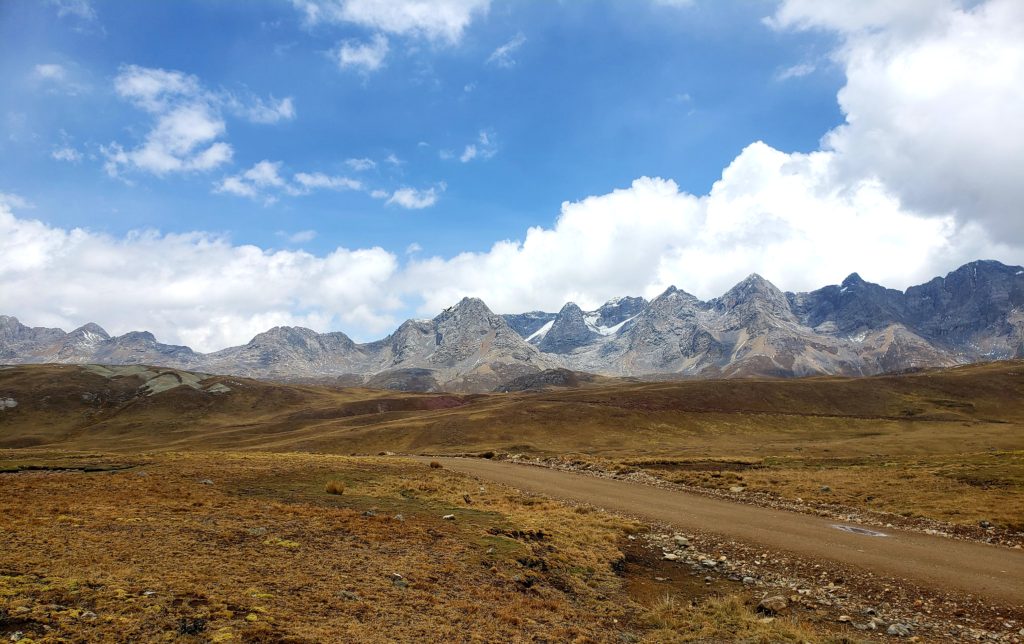
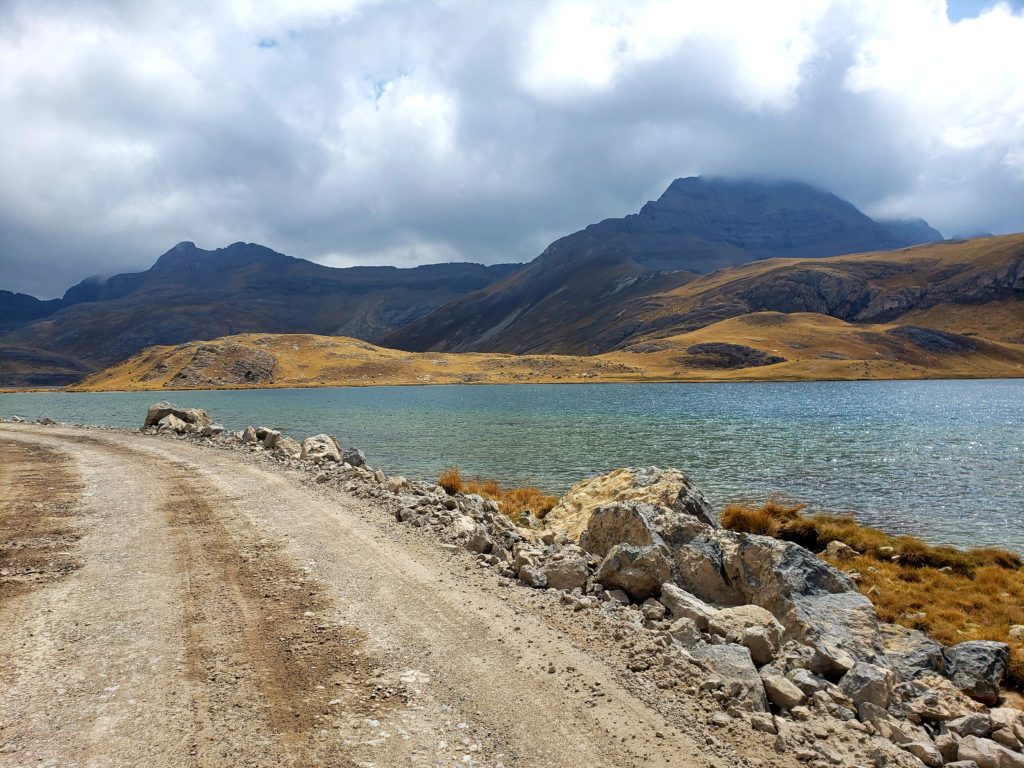
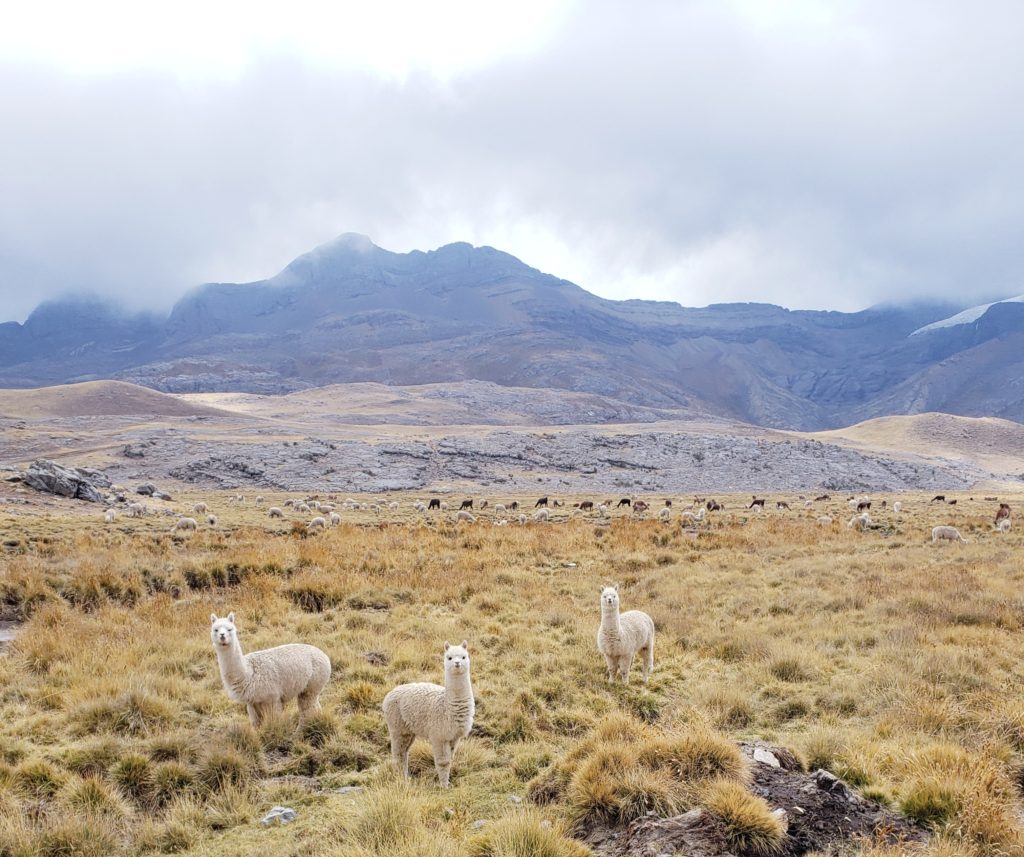
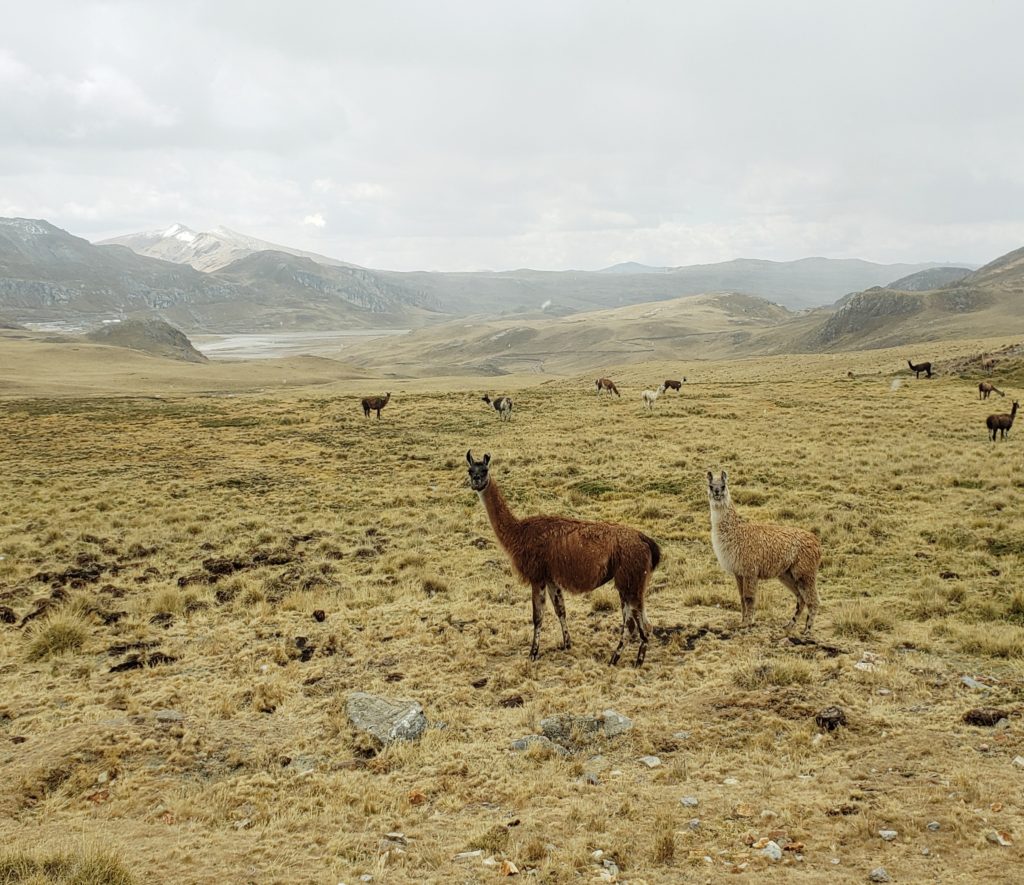
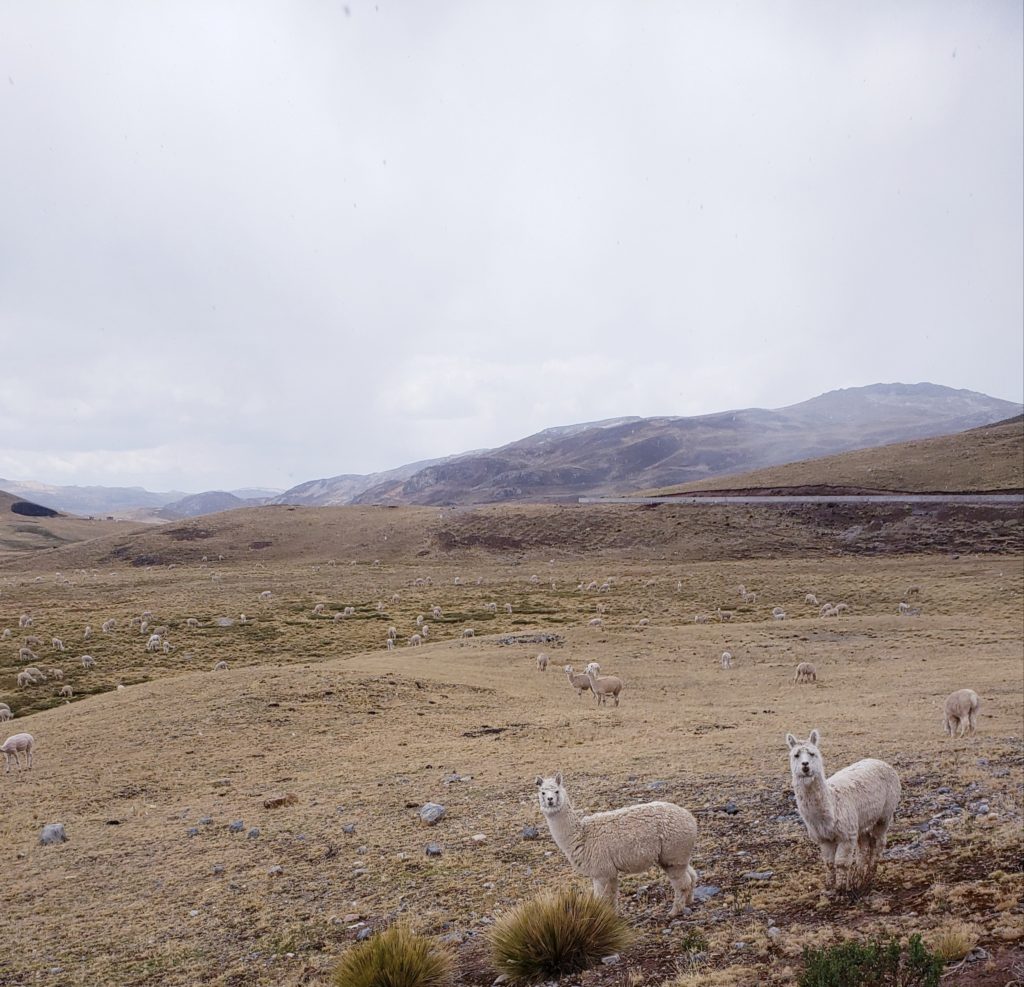

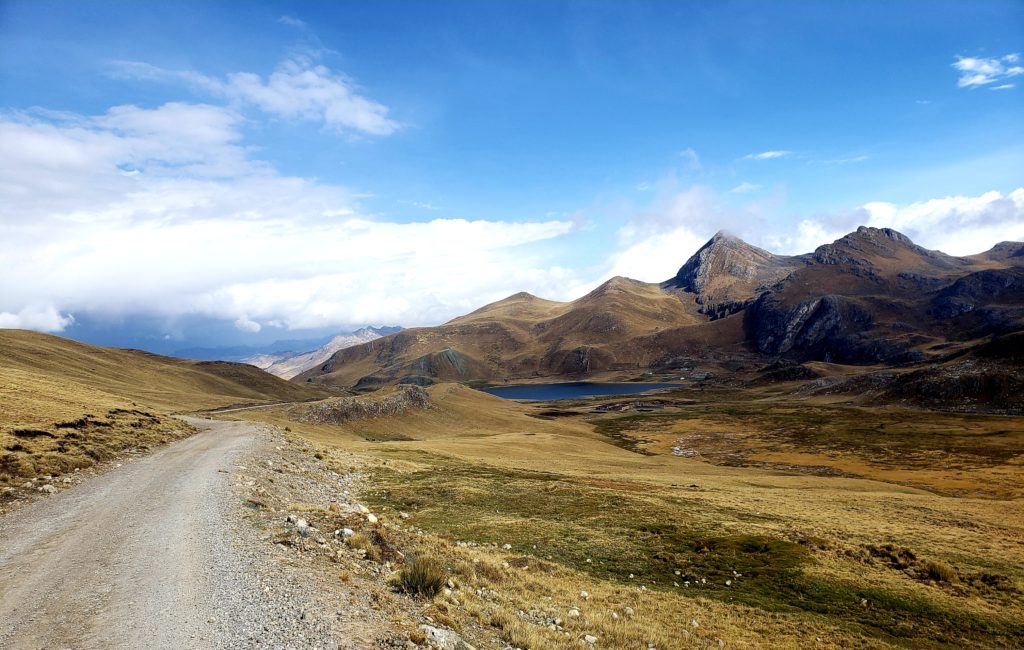
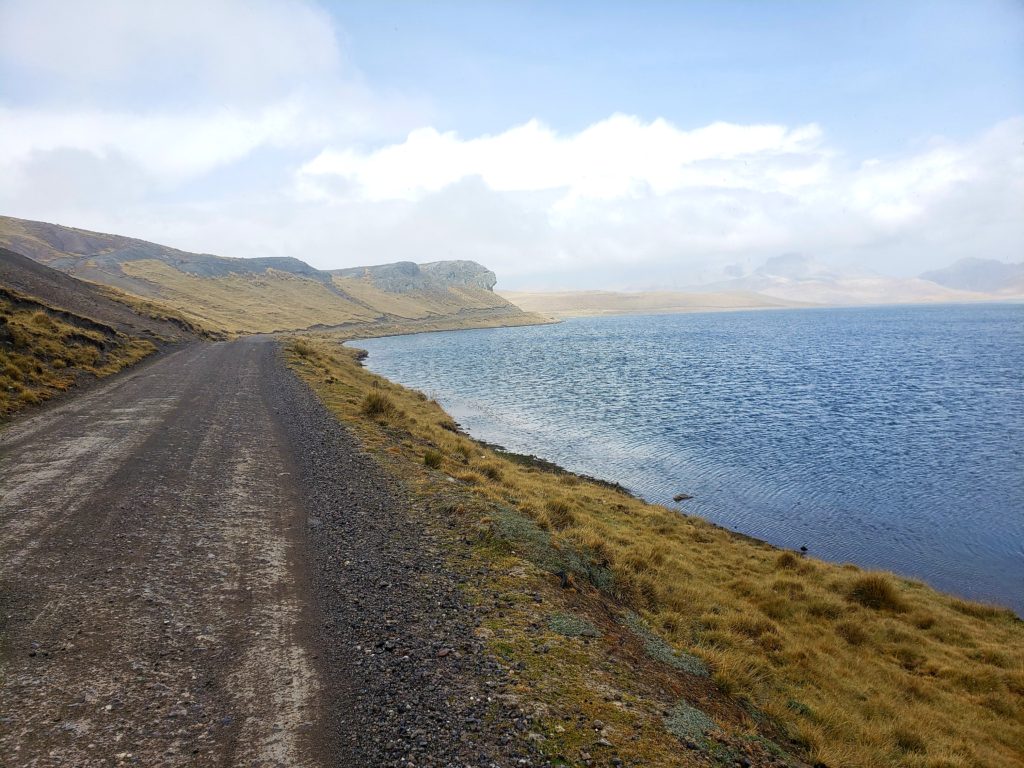
Archives
Calendar
| M | T | W | T | F | S | S |
|---|---|---|---|---|---|---|
| « Mar | ||||||
| 1 | 2 | 3 | 4 | |||
| 5 | 6 | 7 | 8 | 9 | 10 | 11 |
| 12 | 13 | 14 | 15 | 16 | 17 | 18 |
| 19 | 20 | 21 | 22 | 23 | 24 | 25 |
| 26 | 27 | 28 | 29 | 30 | 31 | |